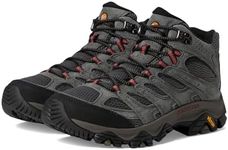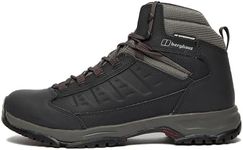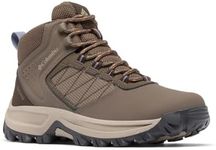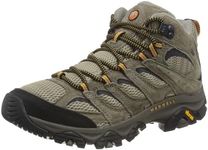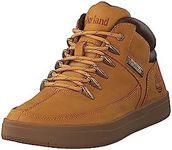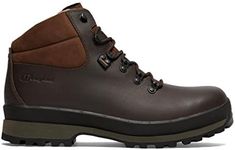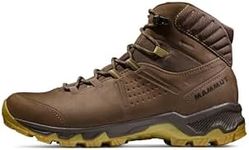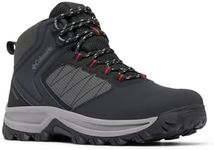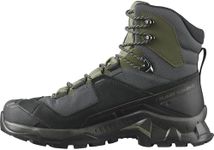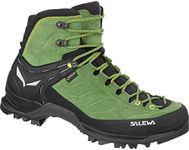Buying Guide for the Best Hiking Boots
Choosing the right hiking boots is crucial for a comfortable and safe hiking experience. The right pair will provide support, protection, and comfort, allowing you to enjoy your outdoor adventures without worrying about foot pain or injuries. When selecting hiking boots, consider the type of terrain you'll be hiking on, the weather conditions, and the duration of your hikes. It's important to try on different pairs and walk around in them to ensure a good fit. Remember, the best hiking boots for you will depend on your personal needs and preferences.FitFit is the most important factor when choosing hiking boots. A good fit ensures comfort and prevents blisters and other foot issues. Hiking boots should fit snugly everywhere, tight nowhere, and offer room to wiggle your toes. When trying on boots, wear the socks you plan to hike in and walk around to test for comfort. Consider the length, width, and arch support. If you plan on hiking long distances or carrying heavy loads, a more supportive fit is crucial.
MaterialThe material of hiking boots affects their weight, breathability, durability, and water resistance. Common materials include leather, synthetic, and a combination of both. Leather boots are durable and water-resistant but can be heavier and less breathable. Synthetic materials are lighter and more breathable but may not be as durable. Choose leather for rugged, wet conditions and synthetic for lighter, dry hikes. Consider the climate and terrain of your hikes when selecting the material.
WaterproofingWaterproofing is important if you plan to hike in wet conditions or cross streams. Waterproof boots have a membrane like Gore-Tex that keeps water out while allowing moisture to escape. However, they can be less breathable, which might not be ideal for hot, dry climates. If you expect to encounter a lot of water, opt for waterproof boots. For dry, hot conditions, you might prefer non-waterproof boots for better breathability.
WeightThe weight of hiking boots can affect your energy levels and comfort on the trail. Lighter boots are easier to walk in and are suitable for day hikes or less challenging terrain. Heavier boots provide more support and protection, making them ideal for rough terrain or carrying heavy backpacks. Consider the type of hiking you will be doing; for long, strenuous hikes, a heavier boot might be necessary, while for short, easy hikes, a lighter boot will suffice.
Ankle SupportAnkle support is crucial for preventing injuries, especially on uneven terrain. Hiking boots come in different heights: low-cut, mid-cut, and high-cut. Low-cut boots are similar to running shoes and offer minimal ankle support, suitable for easy trails. Mid-cut boots provide more support and are good for moderate trails. High-cut boots offer maximum support and are ideal for challenging terrain or carrying heavy loads. Choose based on the difficulty of your hikes and your personal ankle stability.
TractionTraction is provided by the outsole of the boot and is important for maintaining grip on various surfaces. Look for boots with deep, multi-directional lugs for better grip on muddy or rocky terrain. Softer rubber provides better grip on wet surfaces, while harder rubber is more durable on dry, rocky trails. Consider the typical terrain you will encounter and choose a boot with appropriate traction to ensure safety and stability.

